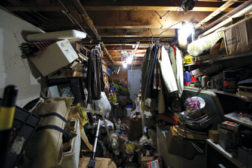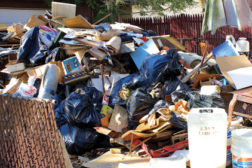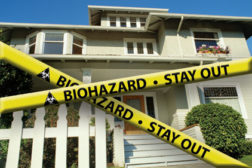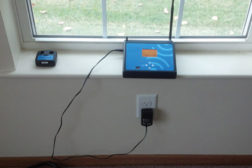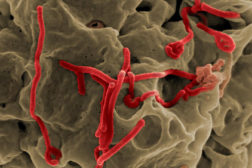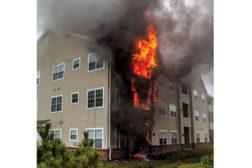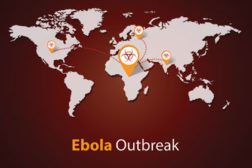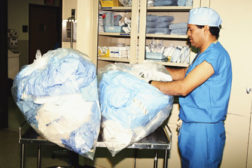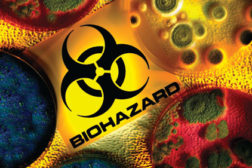Contamination Restoration & Remediation
Hoarding: Perception Doesn’t Equal “Reality”
While reality TV shows have raised awareness about hoarding, they often send a poor message about other aspects of the work – like safety.
Read More
Dead Bodies Can Breathe New Life Into Duct Cleaning: A Case Study
Routine duct cleaning job transforms into bio-hazard scene after corpse is found on site.
Read More
OSHA’s Guide for Cleaning/Decontaminating Ebola-Infected Surfaces
OSHA has unveiled updated guidelines for cleaning and decontaminating such surfaces in non-healthcare and non-laboratory settings.
November 14, 2014
What Bio-Remediation Professionals Can Learn from the Ebola Outbreak
The chance of an Ebola outbreak in the U.S. is slim, but it’s a good reminder for biohazard professionals on the importance of properly dealing with bacteria and viruses.
Read More
Get our new eMagazine delivered to your inbox every month.
Stay in the know on the latest disaster restoration and remediation trends.
SUBSCRIBE TODAY!Copyright ©2022. All Rights Reserved BNP Media.
Design, CMS, Hosting & Web Development :: ePublishing
